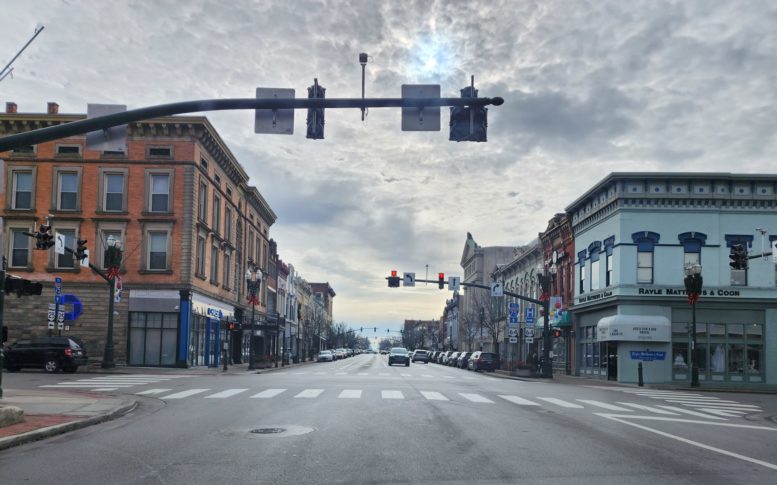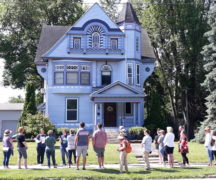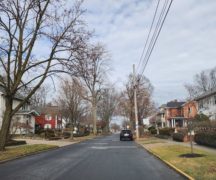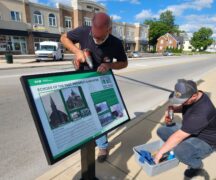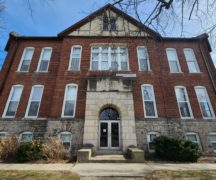By JAN LARSON McLAUGHLIN
BG Independent News
As pedestrians peruse downtown Bowling Green’s shops and restaurants, they soon may be able to revisit the history of those same buildings.
The city’s Historic Preservation Commission has been awarded a grant to place historical interpretive signage in the downtown area. The signs will celebrate the city’s landmarks, pivotal events, and influential people who have shaped the community over the years.
Now that the grant has been secured, the commission must determine how many signs will be erected, where they will be located, and what they will tell downtown patrons when they pause to read.
Bowling Green Planning Director Heather Sayler, who oversees the Historic Preservation Commission, said 14 possible locations have been identified for the signs. Top on the list is the Wood County Courthouse.
The grant requires that at least eight signs be erected.
The signs will be made of materials to last at least two decades – such as the historical interpretive signs in downtown Perrysburg. The narratives will be short enough to not discourage pedestrians from stopping to read.
The grant funds will be used to design, produce, and install the historical interpretive signs in strategic locations throughout the downtown. Historians, designers, and the HPC will collaborate closely to ensure that the signage accurately reflects the city’s historical significance.
Help from the Friends of Bowling Green’s Historic Preservation Commission may be enlisted to help gather the history along the downtown blocks and write narratives for the signs.
The project is made possible in part by a federal grant from the U.S. Department of Interior, National Park Service, and administered by the State Historic Preservation Office of the Ohio History Connection.
Also during last week’s meeting of the HPC, members discussed the ongoing effort to create a FAQ document that can be used by homeowners interested in becoming part of an historic district.
Sayler noted the need to have accurate answers for local residents with questions.
“We’re going to get all the phone calls,” she said of the planning department.
Rose Drain, a member of the Friends organization, expressed her desire that the information become available soon.
“It just seems like you’ve been talking about this for a long time,” Drain said.
Sayler agreed it’s a laborious task, but added that the process should not be rushed. Becoming part of a historic district means additional regulations on properties. And it’s important to be clear so rumors don’t start about the historic preservation commission controlling items such as the exterior paint colors or type of mailboxes that are permitted, she said.
“When you send a mailing out to 30 people that you want to change their zoning, that’s a big deal,” Sayler said. “That’s why you want to get it right. To rush anything like this is going to backfire.”

